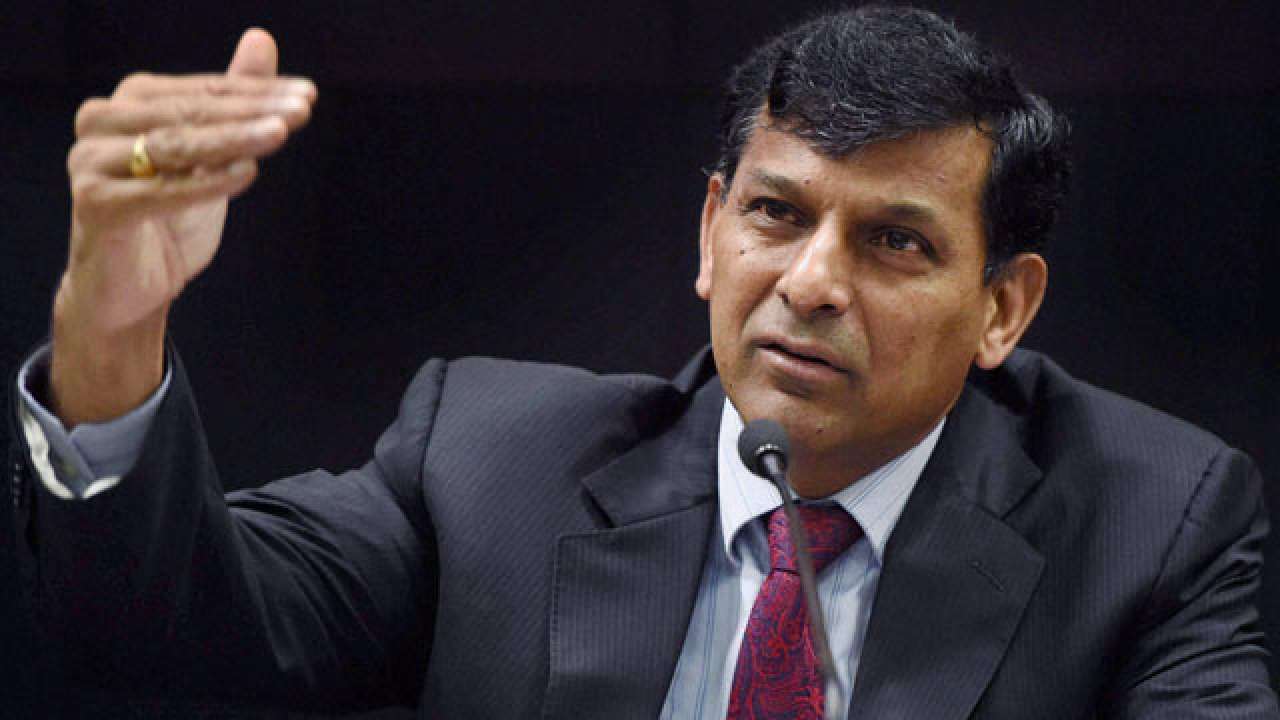
RBI will have to raise rates at some point, move not “anti-national”: Raghuram Rajan

As pressure mounts on the Reserve Bank of India (RBI) to increase repo rates amid high inflation, former RBI chief Raghuram Rajan has said that the central bank will have to raise rates at some point of time like the rest of the world.
“It is important to remember that the war against inflation is never over. Inflation is up in India. At some point, the RBI will have to raise rates, like the rest of the world is doing,” Rajan wrote in a Linkedin post on Monday.
The economist, however, refrained from predicting when exactly the RBI is likely to make the move.
The RBI hasn’t raised its repo rate in three years, tenth time in a row, to help businesses thrive amid the COVID-19 pandemic and help in the country’s economic recovery.
Also read: Here’s what the common man can do to combat high inflation
The central bank’s repo and reverse repo rates are 4 per cent and 3.35 per cent. Repo rate is the rate at which RBI lends money to commercial banks while reverse repo rate is the rate at which it borrows money from the banks.
In his post, Rajan advised politicians and bureaucrats to stop labelling any future hike in policy rates as “anti-national” activity and one meant to serve the interest of foreign investors. On the contrary, he said, the rise in rates is an investment in the country’s economic stability and its benefits will eventually trickle down to the Indian citizen.
Central banks including the US Federal Reserve and the Bank of England have already raised their interest rates to cope with the inflation triggered by lenient policy changes during the pandemic.
In his post Rajan shared his experience of dealing with high inflation during his tenure as the RBI chief and how increasing repo rates served the purpose.
“I became RBI governor with a three year term in September 2013 when India had full blown currency crisis with the rupee having experience free fall. Inflation was 9.5 per cent then. The RBI raised the repo rate from 7.25 per cent in September 2013 to 8 per cent to quell inflation. As inflation came down, we cut the repo rate by 150 basis points to 6.5 per cent,” he wrote.
He said these actions not only helped in stabilizing the economy and the rupee, but also boost growth.
“Between August 2013 and August 2016, inflation came down from 9.5 per cent to 5.3 per cent. Growth picked up from 5.91 per in June-August 2013 to 9.31 per cent in June-August 2016. The rupee depreciated only mildly over three years, from 63.2 to 66.9 to the dollar,” he said.
Explaining how the RBI’s act of laying the foundation of a stabilized economy has helped India manage crises after crises, Rajan said it is because of past actions that the central bank has been able to “maintain low inflation and low interest rates through troubling times like the demonetization, the fall-off in growth, and the pandemic.”
Also read: RBI needs to tailor actions in tune with dynamic global situation: Das
“Today, reserves have climbed to over $600 billion, allowing the RBI to calm financial markets even as oil prices have climbed. Recall that the crisis in 1990-91, when we had to approach the IMF, as precipitated by higher oil prices. The RBI’s sound economic management has helped ensure this has not happened this time,” Rajan wrote.
Referring to criticisms against him and former RBI chiefs for allegedly holding the economy ransom by raising repo rates, Rajan says when such doubts arise, it is better to allow the facts do the talking.
“And the correct facts are important to guide future policy. It is essential that the RBI does what it needs to, and the broader polity gives it the latitude to do so,” he added.

